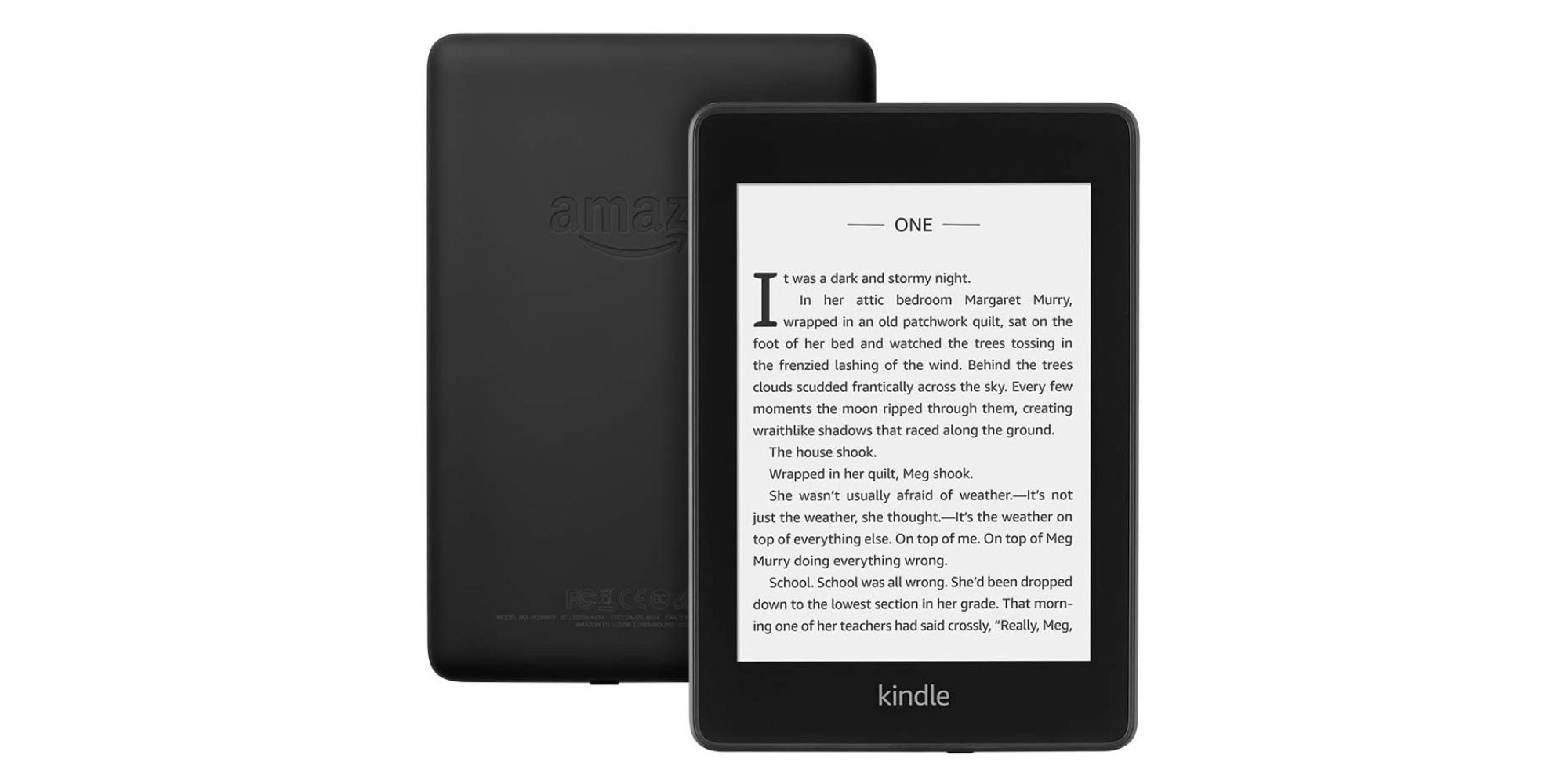

You have your YouTube and your Hulu, but those Funimation videos aren’t gonna play themselves. Skyfire has a new Flash player on iOS that queues up video you want to play on your iOS device by sending the video request through email! Yeah it’s old technology meets… old technology, but lets not dwell on the fact that we do want to watch Flash videos, and that iOS can’t play them. As for Office 2008, expect there to be updates soon after 2011 gets up to speed. As an owner of Microsoft Office 2011 on the Mac, it does work under Lion and is still completely usable to students who often work with Word documents or Powerpoint presentations.
KINDLE FOR MAC 10.6.8 UPDATE
The Microsoft Office team is assuring users that they’re “working hard” to bring Auto Save, Versioning, and full-screen mode to their applications (Outlook, Word, Excel, and Powerpoint are the biggies), but admit that the update may take a month or two before it lands on desktops. Otherwise, you can expect some weird window sizing issues, and other small bugs. Issues have been acknowledged with Lion, and the biggest one right now is that Outlook currently can’t import your old emails from Mail.

Business users reliant on Communicator can already find an update that fixes crashes on Lion, with the main suite of applications being prepared for an update soon. Microsoft has posted a couple updates on their blog about Microsoft Office compatibility with Lion, stating that Microsoft Office 2004 will never (ever!) work with Lion since it was built for PowerPCs, but that the current version of Microsoft Office is in the process of being updated to fix bugs and issues. You can read more about Thunderbolt here.
KINDLE FOR MAC 10.6.8 SERIES
Currently only a series of high-end RAID configurations are available on the Apple online store and Apple’s own Thunderbolt Display is set to ship sometime next month. It was previously reported high production costs of Thunderbolt ports could be the reason behind relatively slow adoption by third-party accessory makers. Presumably to cut down costs, save motherboard space and have a better impact on battery life, Apple decided to use a smaller version of the Thunderbolt controller that made its first appearance in February on the new MacBook Pros, first to feature the Thunderbolt technology co-developed by Apple and Intel and originally named Light Peak. That means you only get two Thunderbolt channels and one DP output. Furthermore, whilst Light Ridge comes with up to two DisplayPort outputs, the MacBook Air’s Thunderbolt controller has only one DisplayPort output.Įagle Ridge is available in two form factors (normal and SFF) and is effectively half of a Light Ridge chip. The website notes, whereas the 2011 MacBook Pros, iMacs and Mac Minis use Thunderbolt controllers codenamed “Light Ridge” with four bi-directional channels at 10 Gbps (thus achieving 80 Gbps aggregate bandwidth), the smaller chip implemented in the MacBook Air, called Eagle Ridge, is a scaled-down version with access to two channels. As noted by AnandTech, Apple is using smaller and cheaper Thunderbolt controllers in the new MacBook Airs released on July 20th alongside new Mac Minis, OS X Lion, and the Thunderbolt Cinema Display.


 0 kommentar(er)
0 kommentar(er)
